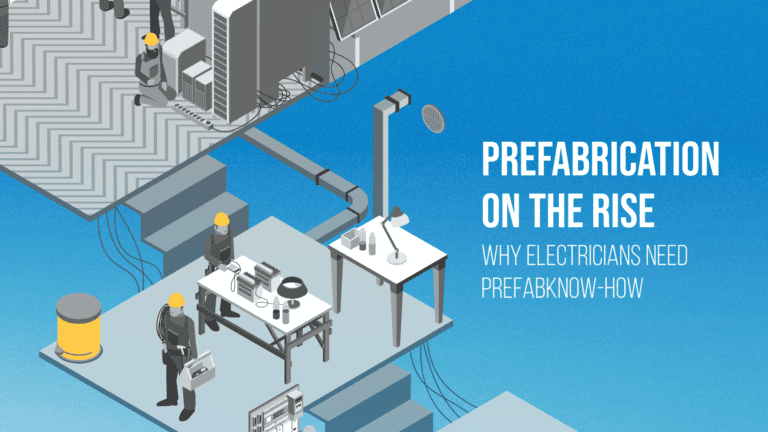Daily work-related stress can cause an employee’s mental distress – about 4 in 5 state that workplace stress affected their relationship with other people. This is quite common in the trades and construction industry, where workers are exposed to hazardous job situations in their daily work activities. The CDC even cited that construction and extraction occupations are among those with the highest suicide rates according to industry. Thus, addressing mental health in the workplace is a pivotal necessity to support employees. But how does a business entity start? What are the causes of the problem?
Recognizing the Impact of Workplace Mental Health
Employees face several mental health challenges in the workplace. Among them is the stress from their daily workload, leading to poor productivity and reduced employee engagement. Various journal articles cited the various causes of poor mental health among construction workers. Among them are as follows:
- Inadequate work-life balance
- Job demand and workload
- Poor cultural norms
- Mental health stigma
- Body pain and injuries
- Lack of social support
- Workplace injustice
- Job insecurity
Any of these factors can inevitably cause stress, anxiety, and depression among workers. These mental health problems, if not treated or addressed, can affect an employee’s work performance. About US$ 1 trillion is lost each year due to employees’ poor productivity when they’re suffering from anxiety and depression.
Now that there is a tangible understanding of the causes and impact of mental health in the well-being of their employees, and how it affects productivity, let’s explore some initiatives that will help foster a positive workplace environment.
Creating a Supportive Work Environment
How can a workplace environment be more supportive towards one another? It can be achieved by focusing on open communication and reducing stigma towards mental health issues. Business entities must make the working environment a safe place for employees to voice out their concerns. Among them would be mental health issues, which need to be openly discussed.
Employees must feel safe and have an ample work-life balance. This can be achieved by providing a more flexible work arrangement for individuals who are in a special situation or mentally distressed. Providing mental health resources and support is also vital for the welfare of employees. Wellness programs, such as counseling and other similar initiatives, would be beneficial in addressing the mental health concerns of affected workers.
Building Positive Relationships and Connections
Relationships and connections are vital to the well-being of employees. Workers are more at ease in a collaborative workplace setting where everybody is a team player and shares a sense of belonging. Building positive working relationships within their work environment helps people thrive.
Around 60% of construction workers struggle with mental health problems. However, in a male-dominated industry, discussions about mental health are avoided. Workers rarely speak out about their distress to employers. Thus, the need to build rapport in a workplace setting. Employees must feel a sense of belonging and inclusion. A supportive leader can make this possible – all it takes is to follow management practices geared towards making employees feel that they belong.
Managing Workload and Stress
Stress in the workplace is one of the common causes of mental health distress. Hence, there has to be a practical approach of setting realistic expectations and goals that an employee can achieve. There needs to be proper time management and prioritization of tasks.
Construction workers are particularly at a higher risk of injury and illness due to the physically exhausting nature of their jobs. In 2021, the private sector recorded 2.6 million nonfatal workplace injuries and illnesses. This is why it is so important for employers to be realistic in setting goals and expectations for a project. Stress can be avoided by implementing stress management practices – among them exercise or progressive muscle relaxation. Workers can use these strategies and techniques to manage their stress.
Training and Education
Mental health education accompanied with training programs are effective means of raising awareness about mental health issues. Employees must know how to manage stress and be more resilient in their job activities. Training them on handling stressful situations will help them become more efficient and productive, able to focus on their jobs.
Mental health training programs don’t have to be complicated. The supervisor or manager may refer to mental health courses or have an open-door policy to raise up mental health concerns, opening communication channels for distressed workers. HR personnel can also join in on the effort by providing confidential resources for workers with mental health issues.
Resources for Employers and Employees
A business organization can provide initiatives such as Employee assistance programs (EAPs) or counseling services. Connect employees to mental health resources beneficial for them.
An Employee Assistance Program is a voluntary program where a worker can have free and confidential assessments of their mental health. They may also have short-term counseling, referrals to medical professionals, and follow-up services. These work-based counseling initiatives will address their mental health concerns in a safe environment.
Another effective method is setting up toolbox talks with employees. Visible posters about mental health, fact sheets, and email newsletter content can also be viable means of educating workers about mental health problems. Online tools and apps can guide employees regarding mental health concerns. All of these resources must be readily accessible to employees, especially when they are experiencing mental distress.
All of these are necessary actions for fostering mental health in the workplace. Still, promoting mental health in the workplace is a continuing activity. It doesn’t stop at a simple training program or orientation. It has to be an ongoing and long-term effort to take care of employees’ mental health. When an organization conducts activities for the mental health and welfare of its employees, it can bring benefits for both the workers and the company.





